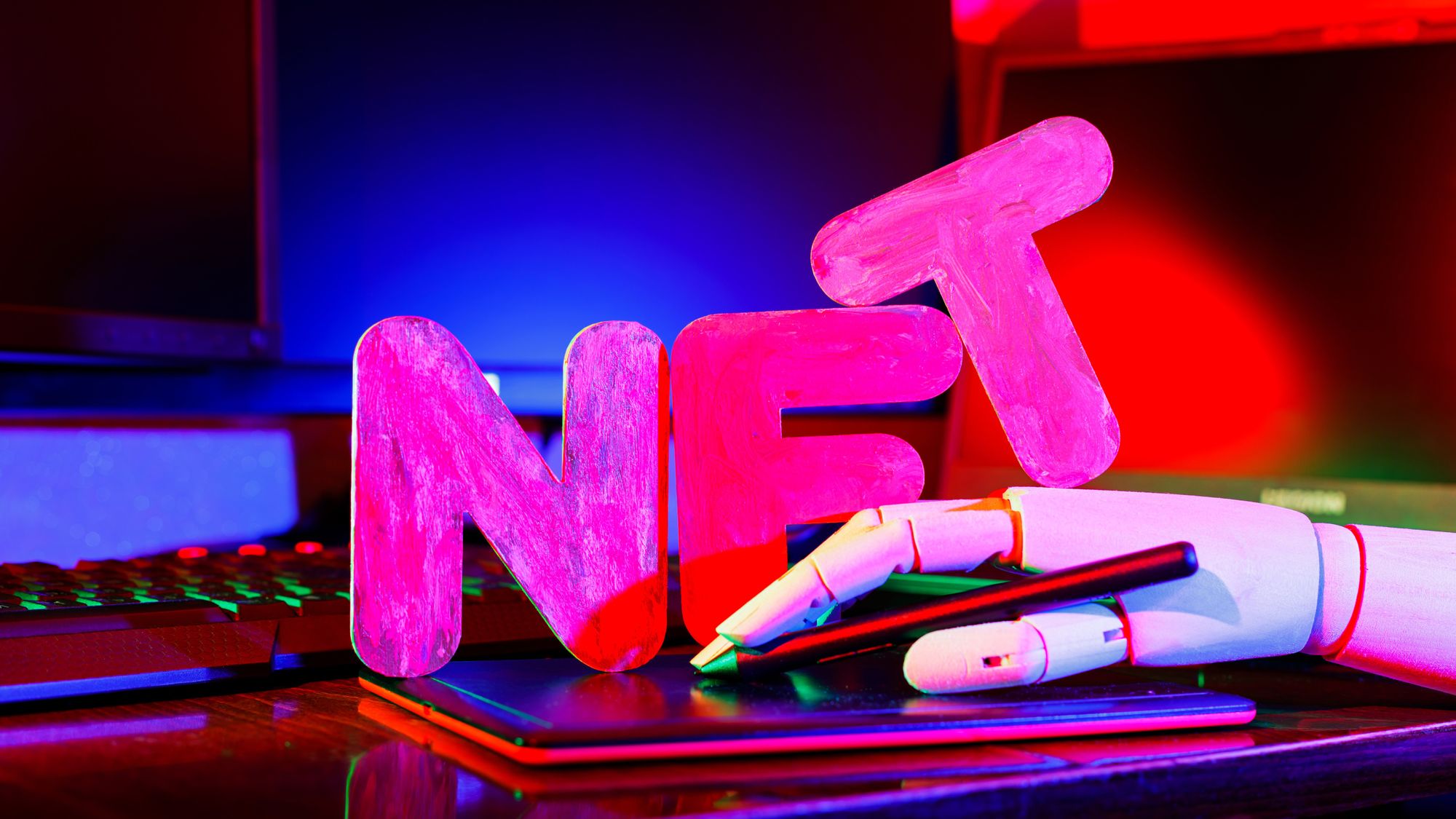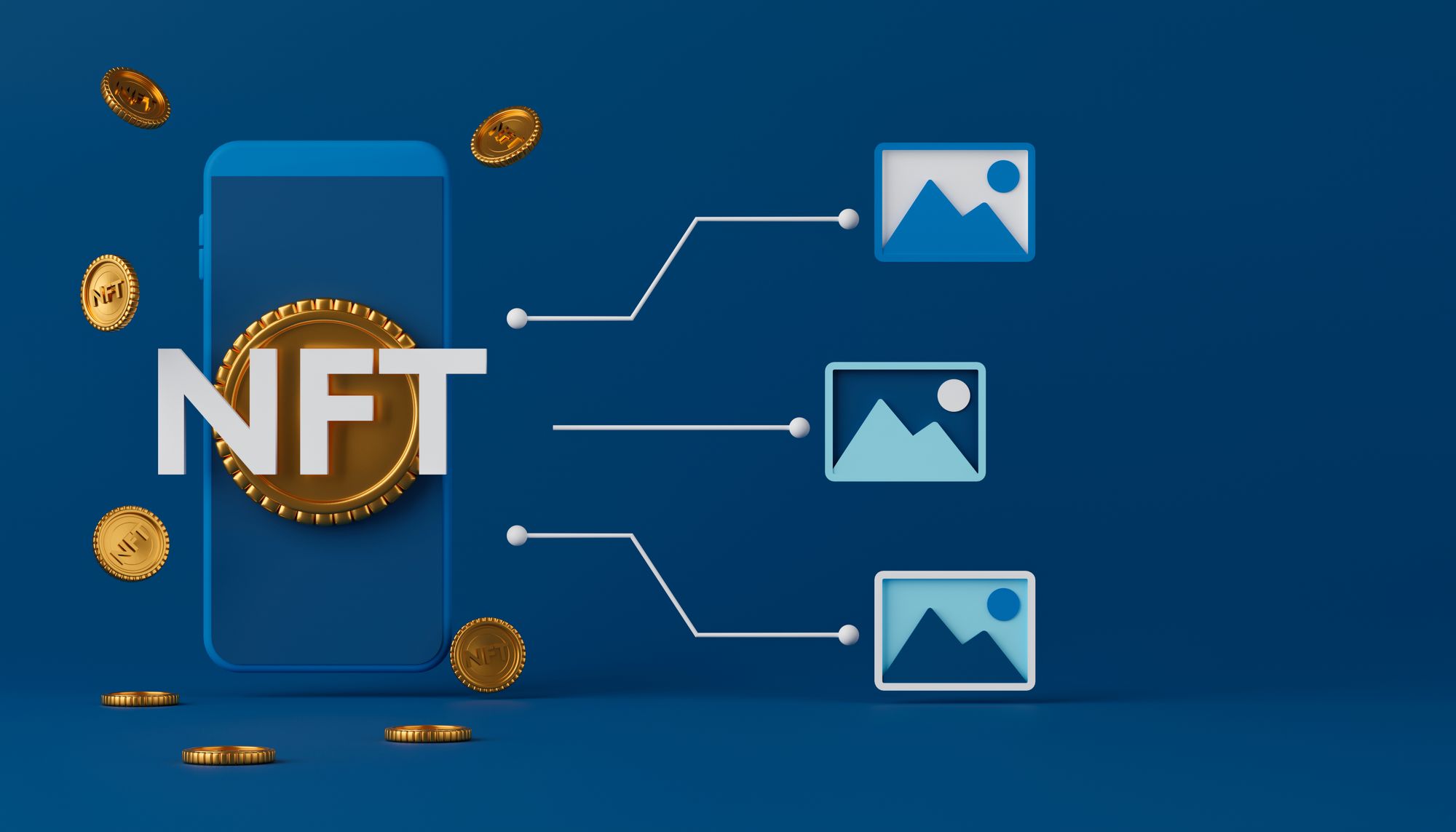NFTs Explained for Beginners
Since last year, NFTs have become huge talking points in crypto communities on several social platforms. Even non-crypto users often see the NFT phrases on their timelines. NFT is short for non-fungible tokens.

It’s so frustrating to see everyone talking about something, and you are just sitting pretty in a corner, unable to relate!
Since last year, NFTs have become huge talking points in crypto communities on several social platforms. Even non-crypto users often see the NFT phrases on their timelines.
According to data by SEMrush, the global search volume of the keyword “NFT” accounts for 5.6million, with users seeking to know what NFTs are! The most common search queries are:
- NFT
- NFT meaning
- What is an NFT?
- What is NFT?
- NFT marketplace
- How to create an NFT
- How to make an NFT
So, it’s safe to say that you are not alone. Millions of people worldwide are interested in NFTs, and they want to know as much as you do.
What is an NFT?
NFT is short for non-fungible tokens. To explain this for the most basic understanding, we’ll break this down by explaining the concept of tokens and fungibility.
What is a Token?
Simply put, a token is a tangible representation of value. For example, a $10 note is essentially a piece of paper. Still, because of the official signatures and images that make it a currency, it becomes a valuable representation of money and hence “a token.”
Cryptocurrency tokens are unlike physical tokens. Instead, they are digitized and virtual, and the number you see in your digital wallet represents the value of the crypto asset you own.
What is Fungibility?
Fungibility is the attribute of an asset to be exchangeable for another asset of the same type while maintaining the same value. For example, if I hold a $10 note, it has the same value as every other $10 note, regardless of who owns it. Therefore, the exact number of groceries that I can buy for $10 at a particular store is the same number of groceries you can buy at that same store with the same amount. Hence, the currency is fungible (interchangeable while maintaining the same value).
However, if, on the other hand, we are both artists and we both painted portraits of a dog, the value of each painting is not the same because no matter how much they look alike, each painting is unique. For example, there are several Mona Lisa paintings today; however, there is only one unique Mona Lisa painting made by Leonardo da Vinci, no matter how much accuracy is made from a duplicate.
So, unlike fungible tokens, NFTs depend on many factors; first, a prospective buyer will be interested in the creator’s reputation, the authenticity of the art, the message the art passes across, and how rare the piece is!
Eventually, my dog painting could be valued at $500,000, while yours will be valued at $5 million based on these factors. Hence, despite both items being dog paintings, the value of one isn’t directly interchangeable with the other. As a result, they are considered non-fungible.
Bitcoin, Ethereum, Solana, BNB, and many other popular tokens you know are fungible tokens. As earlier described, the value of 1 BTC in my wallet is the same as 1 BTC in your wallet.
Why NFTs?

Yes, I expect this to be the following question on your mind. It’s typical to wonder why NFTs are making waves; what is the exact fuss about it?
In today’s world, we deal with many fakes and duplicates. For example, the famous Monalisa painting has dozens of copies, whereas there is only one true, genuine Mona Lisa. So, how can the wheat be separated from the shaft?
THE BLOCKCHAIN:
Blockchain technology makes it possible for every asset to be verified on a public ledger. So, for example, if I send 1 BTC (a fungible token) to you, it is publicly available for everyone to see. Even in years to come, the transaction information will remain publicly verifiable.
Also, if I have minted a rare piece of my art, maybe a song, painting, or other creative works of art, I can mint to make them available on the blockchain. So, assuming I were Leonardo da Vinci and I painted the Mona Lisa, I could simply mint it on the blockchain, and everyone can track its movement. So, if I sell it to a buyer for $50, and another person buys it for $100, the information will all be on the blockchain, publicly available to see.
For example, in the image above, we can see the transaction history of an item with timestamps. It was minted and then transferred to a wallet. The wallet holder sold it for 0.58 ETH, and after some time, the buyer sold it for 2.58 ETH.
Suppose I take a screenshot of the item and mint it as a new item. In that case, the blockchain exposes me as a cheap duplicator because the original item can be easily traced to its creator with blockchain information.
Hence, if someone fraudulent duplicates the Mona Lisa, it can be verified by checking the creator’s name. If it’s not Leonardo da Vinci, the painting is fake, no matter how much the duplicate looks like the original. On many NFT marketplaces, renowned or verifiable creators are given a blue tick.
It is safe to say that NFTs aren’t new; they have long existed! However, the rise of the adoption of blockchain technology has helped to grow the acceptance of NFTs by ensuring that collections are authentic and verifiable.
Some of the most expensive NFTs ever sold are listed below.
1. Beeple’s “Everyday’s 5000” – $69 Million
2. Crypto Punk #3100 – $8 Million
3. Beeple’s Crossroads – $6.6 Million
4. Jack Dorsey’s First Tweet – $2.9 million
5. Steve Aoki, Hairy – $888,888.88
Some of these were completed in a single sale, and others took a series of sales before setting a top-5 record. As mentioned earlier, their sale information is publicly available on the blockchain, and you can see the ownership trajectory of each item.
Other NFT Uses
NFTs transcend authenticating creative arts; it has much deeper explanations.
Check out our article on other NFT use cases, particularly in sync with the Metaverse, NFT in gaming, and Web 3.0. You can also check out step-by-step information on minting your NFTs here.
In Conclusion,
They say beauty lies in the eyes of the beholder! So, the value of a non-fungible token is dependent on how much people are willing to pay for it. As a result, an NFT minted for a few cents can be sold for millions of dollars – that is the core concept of non-fungibility.
Stay updated with news, information, and insights in the crypto space via the CCTIP blog. You can also get an instant CCTIP wallet to benefit from tips, airdrops, and airdrop games. Join our community for more information: Twitter, Telegram, Reddit, Discord